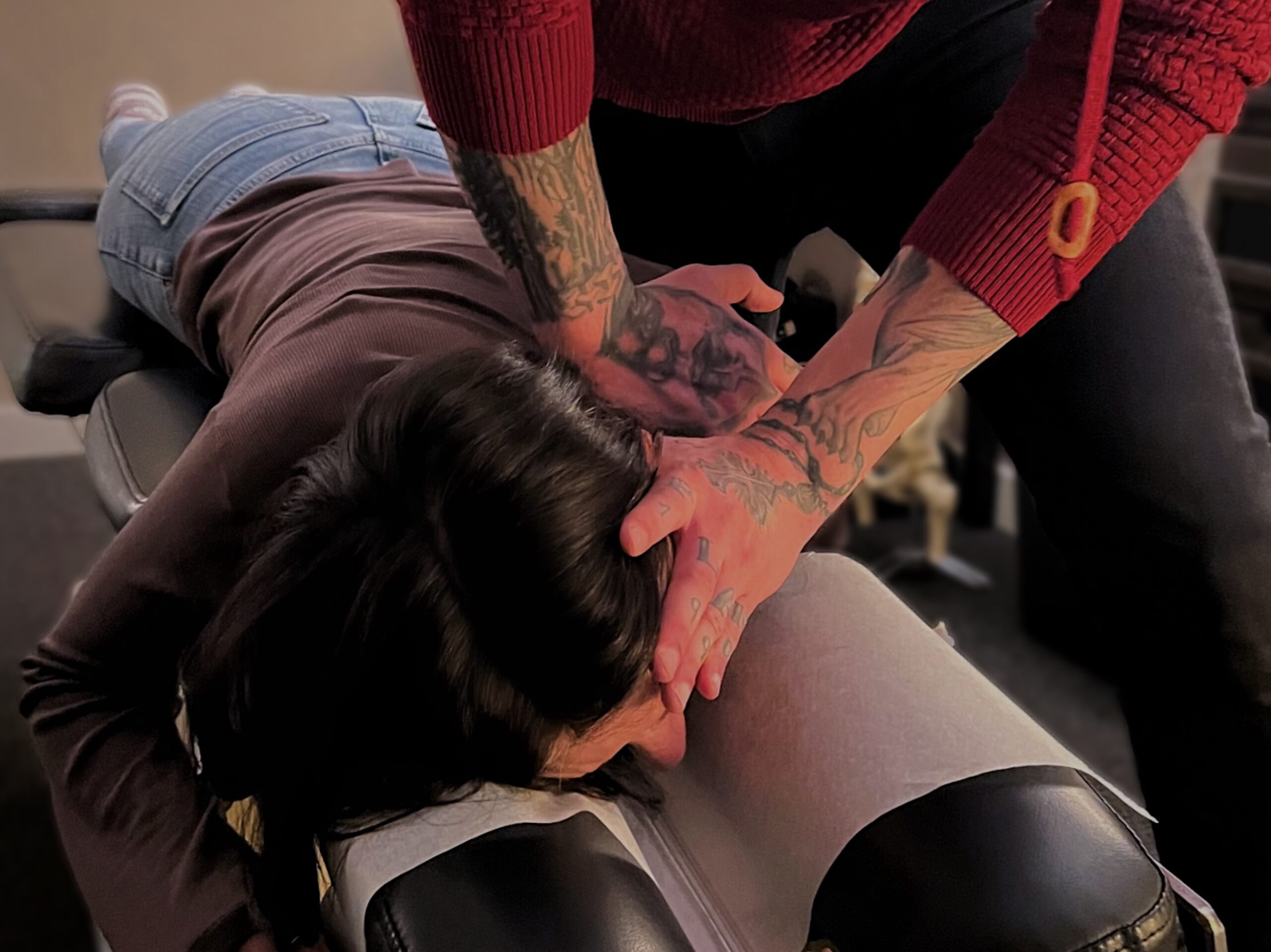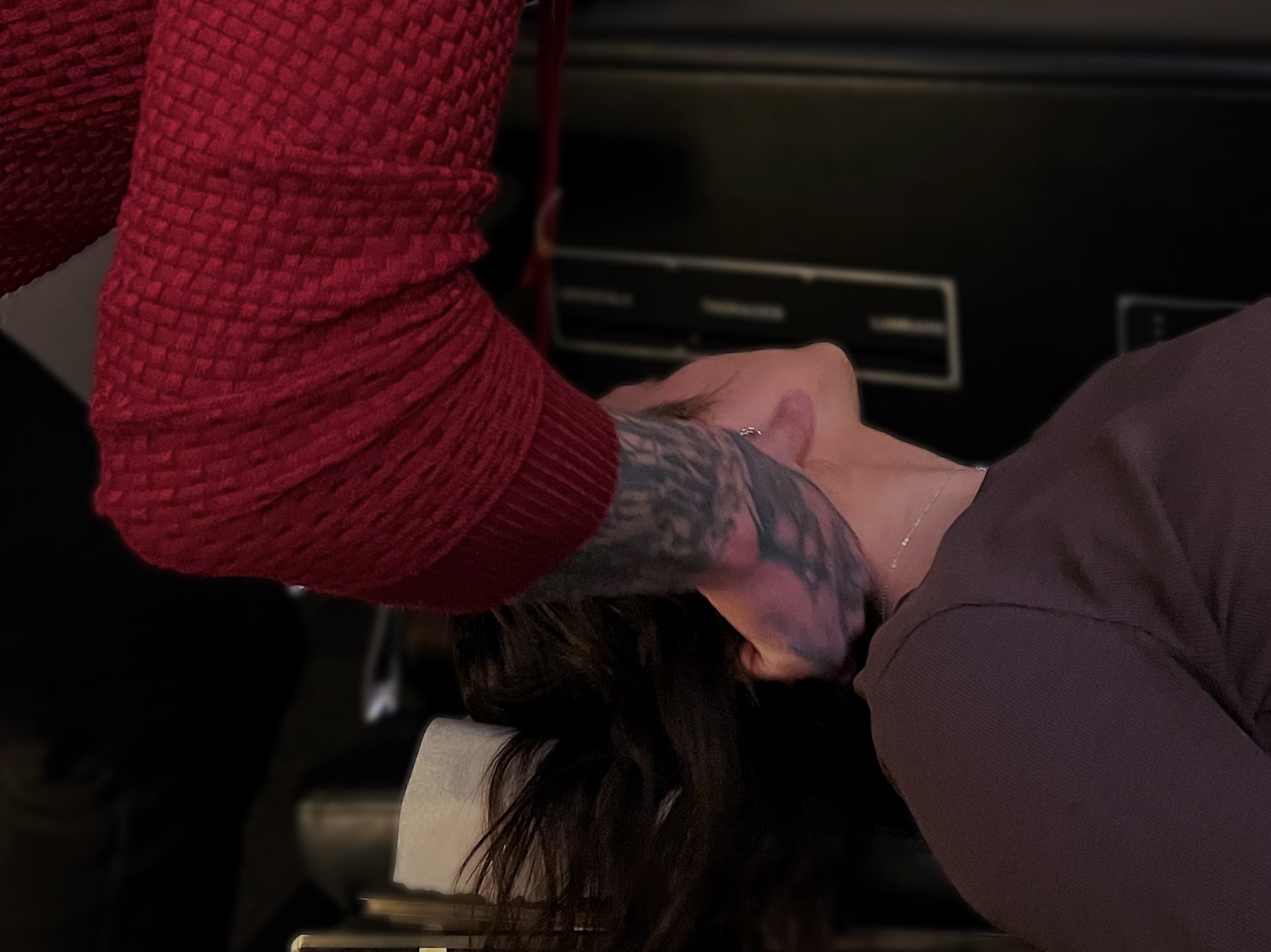Pressing on specific points of the cranium can influence underlying structures in the brain due to the interconnected nature of the skull and the nervous system. Here’s an explanation of how light pressure on certain areas of the head may stimulate different brain regions, what functions they serve, and how the stimulation enhances these functions:
1. Brainstem
Function: The brainstem controls essential functions such as breathing, heart rate, and blood pressure. It also plays a role in regulating the sleep-wake cycle and motor control.
Stimulation: Applying gentle pressure to the base of the skull, particularly around the suboccipital region, can stimulate the brain stem. This pressure may help relax muscles, reduce tension in the nervous system, and support better autonomic function. This can result in improved respiratory and cardiovascular regulation, as well as better stress response.
2. Temporal Lobe
Function: The temporal lobe is responsible for processing auditory information, language comprehension, and aspects of memory.
Stimulation: Gentle pressure around the temples and sides of the head can influence the temporal lobe. Stimulating this area through touch may enhance cognitive function, memory retention, and processing of auditory information by activating the nerve pathways linked to this region. It can also help relieve tension or discomfort related to auditory overstimulation or headaches.
3. Occipital Lobe
Function: The occipital lobe is responsible for processing visual information.
Stimulation: Light pressure on the back of the head near the occipital ridge may stimulate this region, promoting better visual processing and perception. This can help with visual clarity, coordination, and even relieve tension headaches originating from visual stress.
4. Cerebellum
Function: The cerebellum coordinates movement, balance, and posture. It ensures smooth and coordinated voluntary movements.
Stimulation: Applying pressure at the base of the skull near the occipital bone and the upper neck can stimulate the cerebellum. This activation can help enhance motor coordination and balance, improve posture, and reduce muscular tension. The cerebellum’s role in motor control can be positively influenced by improving the body’s proprioceptive awareness (sense of body position in space).
5. Parietal Lobe
Function: The parietal lobe integrates sensory information such as touch, temperature, and pain. It also plays a role in spatial awareness.
Stimulation: Light pressure on the top and sides of the head, over the parietal bones, can stimulate the parietal lobe. This may enhance sensory processing, improve spatial awareness, and help reduce sensory overload. Stimulation here can also relieve tension headaches and promote better focus and body awareness.


